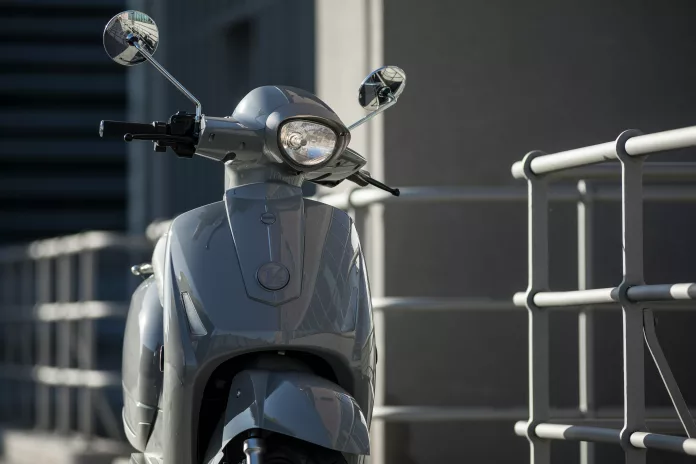In Rwanda, the preferred mode of transit is via the ubiquitous motorcycle, or “moto.” With a population of over 13 million, Rwandans depend on motos for a range of activities, from commuting to ferrying essentials. Additionally, many citizens earn their livelihood as moto taxi drivers. However, the convenience of gas-powered motorcycles comes at a cost, significantly affecting the environment through greenhouse gas emissions, noise, and air pollution, while also increasing the country’s reliance on imported oil.
Although motos are integral to daily life, their environmental footprint is substantial, contributing to 13% of Rwanda’s national emissions, of which they represent a significant portion. The air in Rwanda, particularly particulate matter pollution, owes more than 90% to these gas-powered vehicular sources.
Electric motos are emerging as a potential solution for this predicament, promising to mitigate emissions, bolster air quality, and yield economic advantages.
Kigali, Rwanda’s capital, is on a rapid growth trajectory, and it accounts for a sizable chunk of the national GDP. Among the myriads of moto taxis threading through Kigali’s streets, most are still powered by gas engines.
Rwanda’s proactive response includes a collaboration with the United Nations Development Programme to initiate the swap from traditional gas motorcycles to electric alternatives. The urban setup of Kigali presents an excellent opportunity to gauge the viability of this shift, potentially setting a precedent for wider adoption across Africa.
Overcoming Challenges in Electrification of Motos
Utility Struggles
Access to stable electricity is spotty across districts, with frequent outages disrupting life. The gap between supply-capacity and demand continues to widen, accentuating the need for a robust infrastructure to support electrification.
Cost Barriers
Another obstacle is the hefty upfront cost of high-quality batteries, which often necessitates leasing programs. But with insufficient infrastructure for leasing and swapping — crucial services for maintaining an electric fleet — transitioning remains a steep challenge.
Charging Times
Electric motos also suffer from extended charging periods compared to their gas counterparts. For moto drivers who depend on these vehicles for their living, time is money, making the long charging times a financial burden.
The Promise of Solar-Powered Swap Stations
Battery swap stations provide a swift alternative to recharging, akin to the quick refueling process of gasoline motorcycles. Kigali currently possesses a limited number of these, necessitating expansion beyond central areas and into the grid’s periphery.
The solution could be solar-powered stations, which could operate independently from the main power grid and reach remote locations. Investing in solar technology holds the key to energizing swap stations without exacerbating existing grid issues.
Amplifying the Impact of Solar Swap Stations
The ripple effects of converting to electric motos and ramping up solar swap stations could be considerable — solving problems of high initial costs, grid instability, and station scarcity, all while eschewing the drawbacks of lengthy charge times. Foreign investments, possibly from entities like WRI China, could catalyze this transformative endeavor.
- Economic stimulation through job creation and cost savings for moto owners.
- Massive reductions in climate emissions, with electric motos emitting staggeringly lower carbon dioxide equivalents compared to gasoline motos.
- Notable advancements in air quality, fostering a healthier community.
Shaping a Sustainable Future for Africa
The continent’s socio-economic prospects have long been stifled by energy insecurity. While industrial growth outpaces supply, Africa’s rich renewable resources beckon. Solar-powered solutions can be a game-changer, providing Rwanda and potentially other East African nations with a scalable, green template to redefine the motorcycle landscape for millions.

























